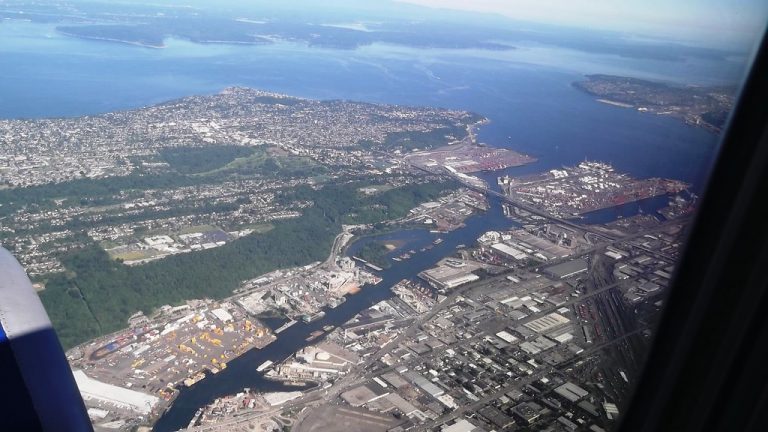Published on July 2, 2020

The state of Washington will receive tens of millions of dollars in a settlement against Monsanto over its manufacture of toxic chemicals that were deposited decades ago in Washington soil and water and continue to wreak environmental damage today.
State Attorney General Bob Ferguson’s office in 2016 sued the company over its production of polychlorinated biphenyls (PCBs), claiming the company hid what it knew about the harms these chemicals could do to human health and the environment.
The Environmental Protection Agency (EPA) considers PCBs “probable human carcinogens,” saying clear evidence shows these compounds cause cancer in animals and also could affect an animal’s immune, reproductive, nervous and endocrine systems.
Monsanto stopped manufacturing PCBs in 1977, and they were banned two years later in the United States.
PCBs were used largely to prevent electrical fires, said Joel Baker, a professor of environmental science at University of Washington – Tacoma and the director of the Puget Sound Institute and Center for Urban Waters.
“Electrical equipment was filled with this oil to prevent it from catching on fire,” Baker said, adding that the inert oil was often the color of honey. “They’re incredibly stable chemicals. They were designed to be that way.”
Baker said PCBs don’t break down easily in the environment and tend to accumulate in food webs. The fat-soluble chemicals often end up stored in animals’ fat reserves. For mammals, which provide nutrition to their offspring with milk that’s rich in fat, PCBs can “go along for the ride” and cause developmental delays, Baker said.
In Seattle, government agencies have spent hundreds of millions in an ongoing project to remediate a portion of the lower Duwamish River, which was designated a Superfund site in 2001.
The river’s industrial past has made it a hotspot for PCBs, which leached into nearby soils and the river from electrical equipment, paints and even runway caulking from a Boeing plant on the river’s east bank, according to the EPA.
Continue reading at The Seattle Times.
Originally written by Evan Bush for The Seattle Times.